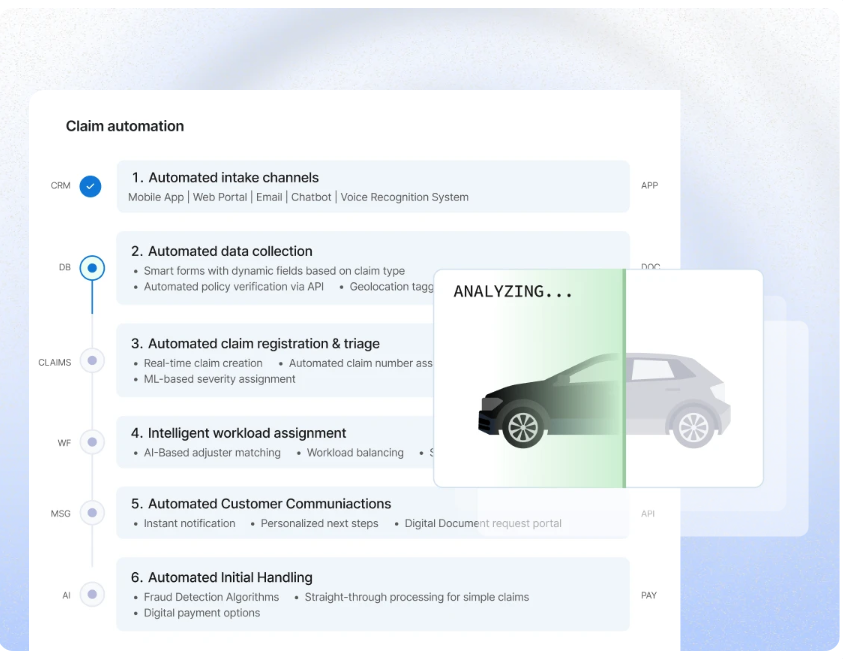The development in technology has helped organisations simplify their operations through the use of different kinds of software.
These software include enterprise resource planning (ERP) software, Customer Relationship Management (CRM) Software, and Human Capital Management (HCM) Software, to name a few.
As technology continues to revolutionize the way we work, one software that has been steadily gaining popularity in the field of human capital management is the Human Resource Information System (HRIS).
However, many are still in the dark about HRIS and its myriad uses. In this blog, we will delve into HRIS, its functions, and its significance in modern organizations. Let’s get started.
Table of contents
What is HRIS?
A human resource information system (HRIS) is a powerful HR software designed to efficiently manage and automate an organisation’s core HR processes and administrative tasks.
It serves as a central repository for employee information and HR processes, empowering HR professionals with streamlined operations. Implementing the best HR software in UAE, Dubai ensures compliance, efficiency, and improved workforce management.
An organisation uses an HRIS system to perform core HR functions such as payroll processing, time and attendance management, and benefits administration. Additionally, it acts as a central database for employee information.
Uses of HRIS
After going through HRIS, think about what HRIS is used for.
So, in this section, we will look at the different uses of HRIS. From employee information management to helping organisations comply with labour laws, the following are the uses of HRIS,
1. Employee information Management:
A human Resource Information System (HRIS) is first and foremost used to manage the information of an organisation’s employees.
It is a centralised database for storing and managing employee information in detail.
This involves storing employee’s personal information, employment history, job titles, and contact history.
Employee information management ultimately helps keep all employee data in one place, facilitating easy access to employee data by HR professionals.
2. Payroll Processing:
One of the essential HR processes in an organisation is payroll processing.
HRIS automates this process, eliminating the manual requirement for tasks such as payroll calculations and tax deductions.
Using HRIS for payroll processing helps organisations ensure timely and accurate employee payments.
It reduces the time and effort taken and the chances of errors resulting from manual processing.
3. Benefit Administration:
The HR department of an organisation needs to track various benefits concerning employees.
This generally includes employee benefits such as health insurance and retirement plans. Updating all these records and tracking them manually can be a difficult task.
So, here comes the other use of HRIS. With an HRIS, an organisation can easily manage its employee benefits.
HR personnel can enrol, track, and update benefits information in the HRIS system without extra effort.
4. Time and Attendance Tracking:
One specific answer to the question about what HRIS is used for is tracking employees’ time and attendance.
An organisation can use HRIS software to accurately track employees’ time and attendance.
Organisations can use HRIS software to track employee attendance, including hours worked, overtime, and absences.
This tracking will be more accurate than manual tracking, helping to ensure accurate payouts that comply with the existing labour laws.
5. Employee Self-Service:
In the earlier section, we discussed that the Human Resource Information System (HRIS) acts as a central repository for all employee information.
Now, this raises one question: Is the information only accessible to stakeholders?
In the past, HRIS systems were primarily accessible to stakeholders.
However, modern HRIS systems, like the one offered by Ensaan Technologies, are designed to empower employees.
They can now access and update their personal information, view payslips, and request time off without relying on HR, fostering a sense of independence.
6. Decision Making:
A Human Resource Information System (HRIS) stores several types of information, including personal information, employment history, work achievements, and more.
This information can be a valuable resource for organisations making strategic decisions.
With the help of HRIS, organisations can generate reports and analytics that give insights into HR metrics.
By carefully analysing the reports, organisations can figure out key HR metrics such as employee retention and turnover rates, which can help them make better decisions in the future.
7. Compliance and Reporting:
While compliance and reporting might not be the answer to our question about what HRIS is used for directly, it helps organisations with it.
This is because HRIS stores information about every employee of an organisation. In addition, it also helps with the tracking of attendance and benefits associated with employment.
This information can help the organisation verify and ensure compliance with labour laws and regulations. It can also help generate reports and conduct effective labour audits.
Ensaan Technologies: One-stop Solution For All Your HRIS Needs
If you’re considering implementing an HRIS Solution for your organization, look no further than Ensaan Technologies.
With our extensive experience and a proven track record in providing HR software and talent management solutions, we are your one-stop solution for all your HRIS needs.
Our services are available in the GCC region, including UAE, Qatar, KSA, and Kuwait, making us a reliable and trusted HR software solution provider.
Conclusion
Human resource information systems (HRIS) are among today’s most famous human resource management software programs.
They are designed to manage and automate an organisation’s core HR processes and administrative tasks.
When it comes to the question of what HRIS is used for, the first and foremost answer is to store and manage employee information.
It also has uses in payroll processing, benefit administration, time and attendance tracking, and employee self-service.
While HR software like HRIS is not designed to provide insights for helping organisations make strategic decisions, it can generate reports highlighting key HR metrics.
These metrics can help organisations make strategic HR decisions. Implementing the best HR software in UAE, Dubai ensures accurate data analysis and better workforce planning.
Similarly, the information stored in HRIS can help create reports and conduct labour audits to ensure that the organisation complies with labour laws and regulations.








